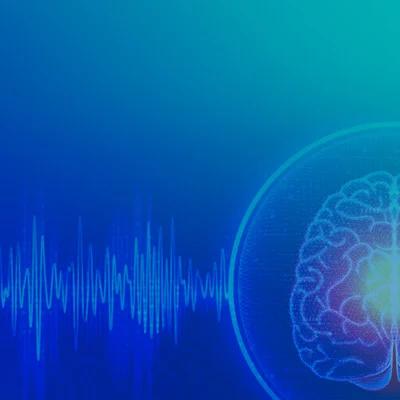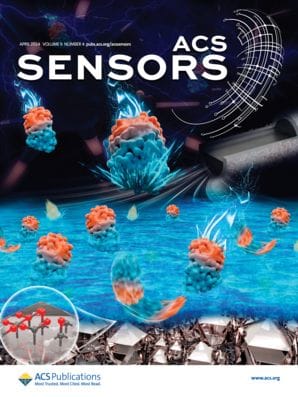In this interview, Prof. Gooding reflects on a decade of ACS Sensors, sharing insights on the journal’s evolution, its impact on the sensing field, and what lies ahead.
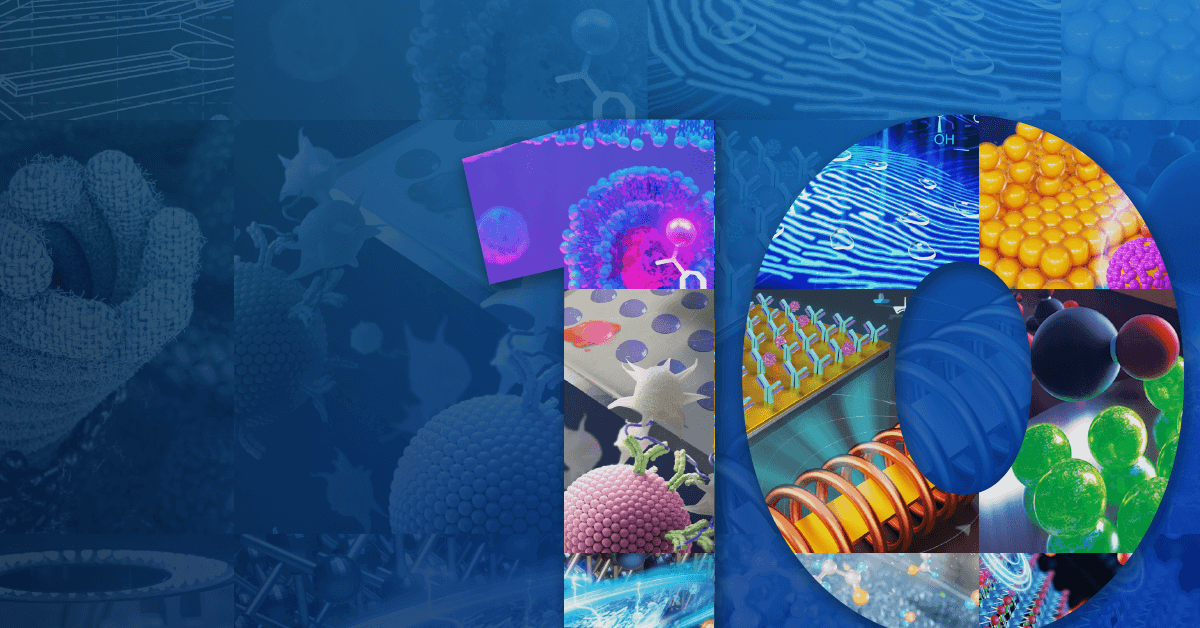
ACS Sensors is celebrating 10 years in publication. To celebrate this milestone, we asked founding Editor-in-Chief Prof. J. Justin Gooding (University of New South Wales Sydney, Australia) to reflect on 10 years of the journal. Read our interview below with Prof. Gooding and hear how the journal has evolved since it first launched in 2015.

In Conversation with Prof. J. Justin Gooding: 10 Years of ACS Sensors
What has been the biggest change that you've seen for the journal in the last 10 years?
I'd say it's the quality of the work that's being submitted, the quality of the work has gone up astronomically. The whole sensing field has moved on in terms of the quality of papers, and I think that ACS Sensors has been a big part of that with the criteria we’ve set for what we’re looking for from authors. We were looking for work with practical applications and requiring authors to do complex samples and needing uncertainties and now over time that’s become the expectation in the field. Now everybody does complex samples and demonstrates how well a sensor could work in its real environment. So, for me, the biggest changes have been quality and also just the growth in the field, globally. I think all sensing journals are seeing incredible growth.
How has your role changed over the last 10 years? What did you imagine your role would be as Editor-in-Chief (EIC) and how has it evolved as the journal has grown?
That's a good question. I never really had a fixed idea; I take things as they come to some degree. I didn't really know what it was like to be an EIC when I started, I think. In the beginning it was about trying to set a standard for what we thought was good sensing science. Now it's much more about going out and finding new innovative work, research that's really going to change the sensing landscape. It's gone from more procedural to more strategic.
Is there one thing that you're most proud of accomplishing in that time?
I think ACS Sensors has actually improved the quality of the entire sensing field and that's what I'm proud of. ACS is a premier publishing house, and a lot of people want to publish in ACS journals. So, if ACS Sensors sets criteria and sets a standard, people will follow those criteria. That's where they want to publish. ACS Sensors is now the preeminent broad chemical sensing journal and so people follow our criteria, most of the field do, which is incredibly powerful. I didn't understand that when I first took this on.
What do you see as the biggest challenge for ACS Sensors and the fields of research in the next five years?
The biggest challenge is going to be predicting what's the next big change in sensing. When we started 10 years ago, it was very clear what those things were going to be, for example wearables or single molecule sensing or paper-based sensors. I thought paper-based sensors would rise and fall, which it has. Now we're finding that seeing what the next big thing is not so evident. We want to be ahead of it and guiding that field. The other challenge is just the growth in the number of submissions, the growth in the amount of sensing we have published and how you identify the really innovative stuff.
What advice would you have for young researchers and investigators just starting out today?
The advice I'd have is to focus on what the problem is, not what you can do. So, identify problems and focus on those. If you can address questions that are long-standing or broad problems, your work can really make an impact. If you just make the same sensor with a different material, it will get lost in all the other work. So, it's all about answering questions, not focusing on just getting a paper.
Is there anything else that you'd like to share with the ACS Sensors community?
I'd just like to thank them for embracing the journal, making it a great journal that’s theirs and submitting and publishing such great work with us, the journalists. I see it as their journal and it’s there as a journal to represent them and they've made it something really special.
Browse recent article collections from ACS Sensors
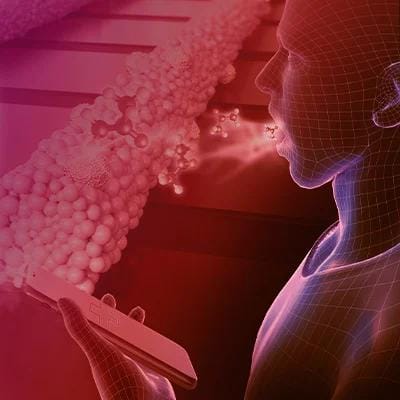
Breath Sensing
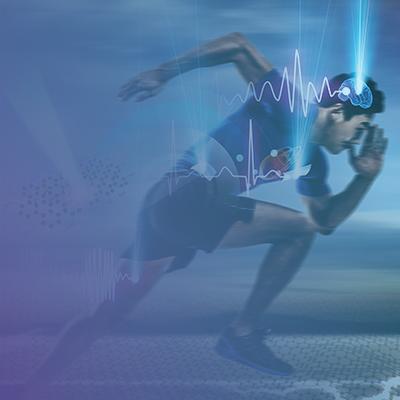
Wearable Sensors
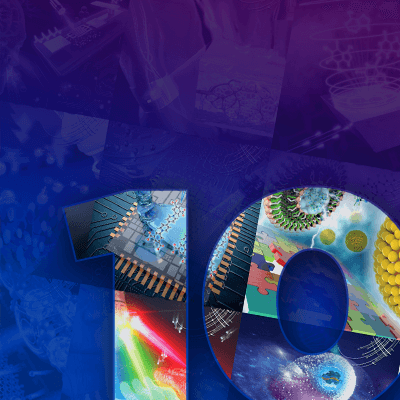
Celebrating 10 Years of ACS Sensors: Editors' Favorites

Liquid Biopsy
